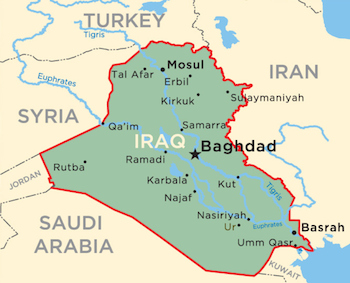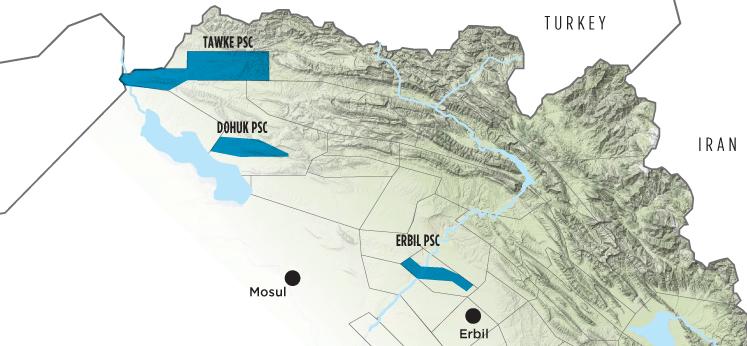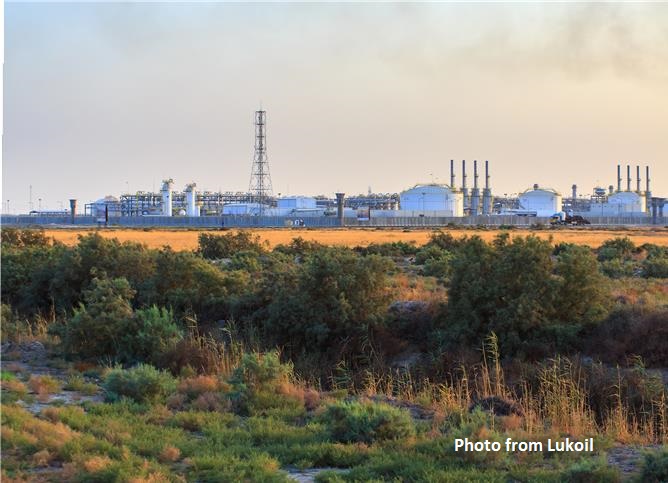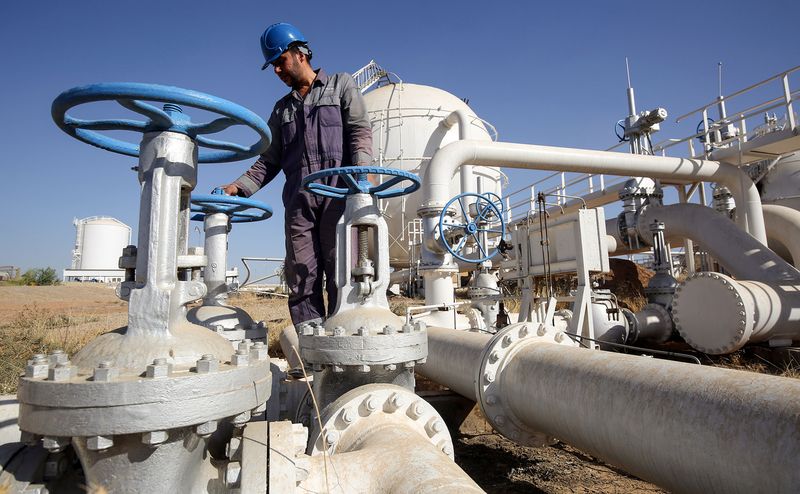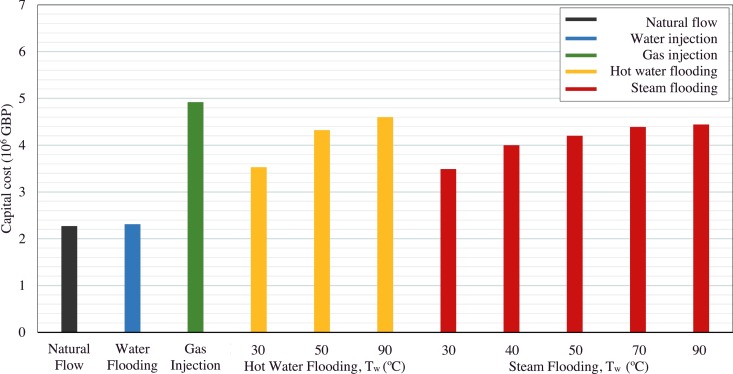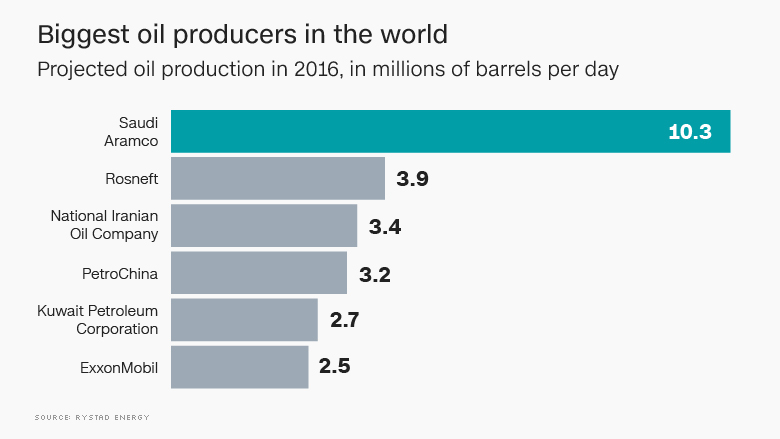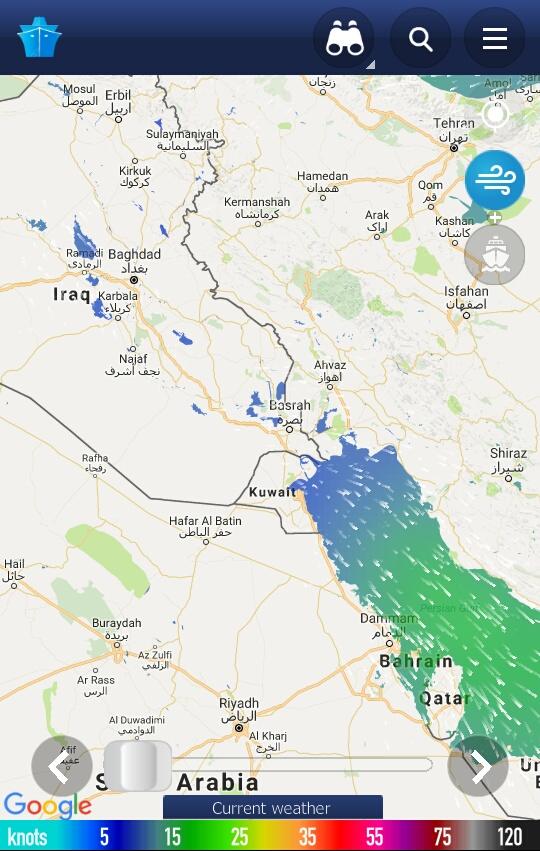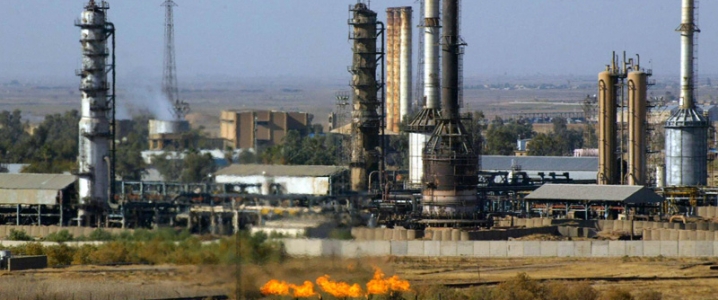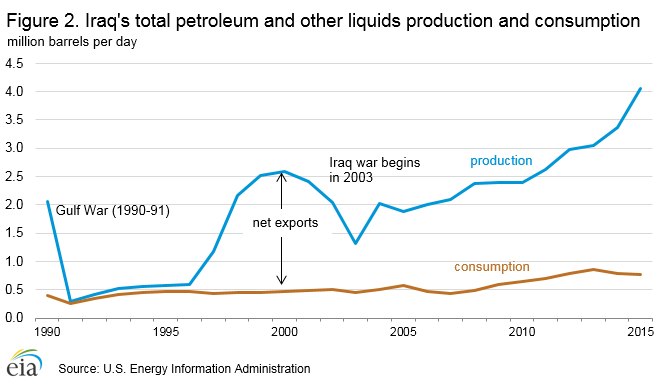DNO ASA, the Norwegian oil and gas operator, today released its 2017 Annual Report and Accounts together with its 2017 Annual Statement of Reserves and Resources and reported improvements across key financial and operational metrics.
Annual 2017 revenues climbed to USD 347 million, up 72 percent from year earlier levels. Operating profit totaled USD 521 million, up from USD 6 million in 2016, with the recognition as other income of USD 556 million under the August 2017 Kurdistan Receivables Settlement Agreement.
Excluding the settlement agreement and non-cash impairments, operating profit in 2017 more than doubled to USD 72 million. And notwithstanding a doubling of operational spend to USD 259 million, the Company ended the year with a cash balance of USD 430 million.
Company Working Interest (CWI) production increased to 73,700 barrels of oil equivalent per day (boepd) from 69,200 boepd in 2016 (operated production in 2017 was 113,500 boepd, up from 112,600 boepd in 2016). Lifting costs last year averaged USD 3.6 per barrel of oil equivalent.
Iraqi Kurdistan
DNO’s production continues to be driven by the Tawke field in Kurdistan, where output in 2017 averaged 105,500 barrels of oil per day (bopd).
The adjacent Peshkabir field, brought on stream midyear, contributed another 3,600 bopd to bring total Tawke license production to 109,100 bopd in 2017. The Company plans to bolster production from the license with 10 new wells in 2018.
“We are committed this year to continue to outdrill, outproduce and outperform all other international companies in Kurdistan – combined,” said DNO’s Executive Chairman Bijan Mossavar-Rahmani.
At yearend 2017, DNO’s CWI 1P reserves climbed to 240 million barrels of oil equivalent (MMboe) from 219 MMboe at yearend 2016, after adjusting for production during the year, technical revisions and an increase in DNO’s operated stake in the Tawke license from 55 percent to 75 percent.
On a 2P basis, DNO’s CWI reserves stood at 384 MMboe (up from 368 MMboe) and on a 3P basis, DNO’s CWI reserves stood at 666 MMboe (up from 521 MMboe). DNO’s yearend 2017 CWI contingent resources (2C) were estimated at 99 MMboe, down from 161 MMboe at yearend 2016, following reclassification of certain contingent resources to reserves.
On a gross basis, at yearend 2017, 1P reserves at the Tawke license containing the Tawke and Peshkabir fields totaled 348 MMboe (353 MMboe at yearend 2016) after adjusting for production of 40 MMboe during the year and technical revisions; 2P reserves totaled 513 MMboe (536 MMboe at yearend 2016); 3P reserves totaled 880 MMboe (725 MMboe at yearend 2016) and 2C resources totaled 91 MMboe (211 MMboe at yearend 2016) following reclassification.
International petroleum consultants DeGolyer and MacNaughton carried out the annual independent assessment of the Tawke and Peshkabir fields. DNO internally evaluated the remaining assets.
(Source: DNO)

